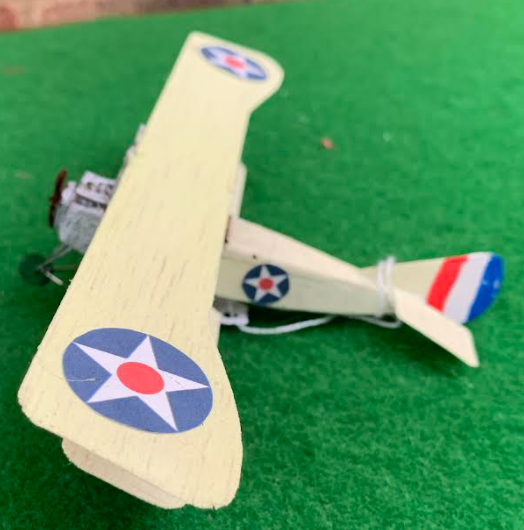BOEING MODEL 4 (EA) – Trainer Plane US Based
The Boeing Model 2, and its derivatives were United States two-place training seaplanes, the first “all-Boeing” design and the company’s first financial success.
The Boeing Airplane Company, built the Model C naval trainer as its first mass-produced airplane. A total of 56 C-type trainers were built; 55 used twin pontoons. The Model C-1F had a single main pontoon and small auxiliary floats under each wing and was powered by a Curtiss OX-5 engine.
The success of the Model C led to Boeing’s first military contract in April 1917 and prompted both its reincorporation as the Boeing Airplane Company and relocation from Lake Union, Washington to a former shipyard on the Duwamish River, also in Washington. The United States Navy bought 51 of the Model C trainers, including the C-1F, and the United States Army bought two landplane versions with side-by-side seating, designated the Model 4 – EA.
The two Model 4 (EA) were the first Boeing landplanes, and were essentially Model 3s with side-by-side seating and conventional wheel undercarriage supplemented by a third ‘anti-nose-over’ wheel. The power plant was a 100 hp Curtiss OXX-3 engine in place of the Hall-Scott. The designation EA is believed to be a continuation of the alphabetical series of model designations (Model 2 was C, Model 3 could have been D) combined with A-for-Army since they were designed for the US Army. Although the aircraft were delivered in January 1917, the purchase contract was not signed until April, after the United States had entered WW-I.
Boeing Variants
Model 2 – original design (one built)
Model C-1F – Model 2 remanufactured with single pontoon
Model 3 – version with revised cabane struts (three built)
Model 4 – a.k.a. EA landplane version for US Army (two built)
Model 5 – revised Model 3 for US Navy (50 built)
BOEING MODEL 4 (EA)
Type: Trainer
Built: 2
Accommodation: 2 side-by-side
Power plant: Curtiss OXX-5, 100 hp
Span: 14.9 m
Length: 7.6 m
Max speed: 67 mph


